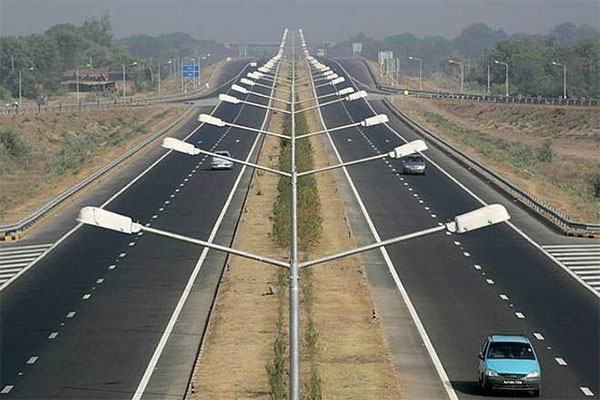Every time a road in our area is fixed, it becomes taller. Its durability is determined on the quality of construction. A comparison height level research with the floor level of the roadside residence, which remains constant, determines how high.
Highways and roads.
Road maintenance in an assembly seat has become the standard for a responsible local MLA. When the celebrations continue for a decade or two, an old guy begins to claim that the ground level of his house was the tallest at one point in time.
I’m still waiting to hear what he has to say in the following decade. He might not enjoy the wet season by then.
As a result, a repressed social economy in the construction of public infrastructure is becoming the norm. How this threat may be contained. Who should be held accountable? What steps should be made to rectify the situation? When do we start?
The easiest remedial approach is to dig out the damaged road before restoring it. Instead, the overlapping road layers look to be the compound interest of a massive debt for the nearby households. As we all know, a road is a widely acknowledged reference for the usual ground level in a residential neighborhood. When it is unchecked, it might result in manifested disorder, which has already been a phenomena in Manipur.
Nowadays, if a person decides to build a new house, he considers keeping a higher floor level in relation to their neighbor. Fear psychosis shows a lack of public control, leaving people to take on the duty of avoiding water logging or man-made floods in their own area on occasion.
Everyone begins to believe that the route will gradually rise in elevation. Forget about the house; the contractor has raised the culvert at the end of the road, anticipating it would be leveled with the road level in the future. We are in a scenario where public property, such as a road, is posing a risk to private residents.
When it comes to road durability, it always stands firm when the drainage on each side acts as a crutch. It is especially important in Manipur, which has a high yearly rainfall. Yet, the region’s alluvial soil type and waste pile ups cause regular water logging of highways. Residents’ encroachment on land over time has also caused the drains to become rather narrow.
As a result, the drainage system remains inefficient, and water overflows even when there is little rain. When a road is submerged for an extended period of time, the result is a fractured road in just a season or two. The public’s lack of civic awareness and the authority’s negligence in maintaining appropriate drainage appear to go hand in hand.
The constant effort of fixing and breaking is turning into a regular cycle that keeps everyone occupied at different times. Caught in a musical chair of halt and continue at the expense of both public and private funds. I’m curious if the phenomenon was different when road development was nonexistent in Manipur. Roads and wheels can carry us to a higher level than the neutral level.
In a great move, the Manipur government declared that concreate roads will be built in the municipality region, which is a nice approach. The government also stated that it will save a significant amount of public money by eliminating the need for periodic repair of black toppings in the current setting.

